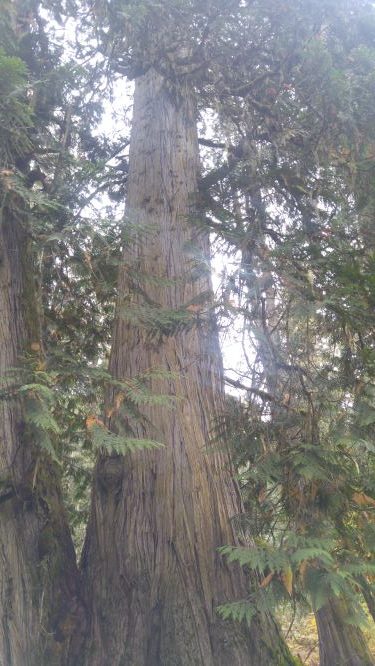Dr. Bjork’s presentation on Tiny Lichen to Giant Trees informed the audience of the diversity and new discoveries of lichens, bryophytes and vascular plants found in the Robson Valley at the Ancient Forest/Chun T’oh Whudujut Provincial Forest. Much of the species diversity is found in more extreme habitats, outside of the matrix forest, where the harsh environment allows for species specialists to thrive. A vast variety of lichen species are found on different rock types, with almost no overlap between species on different types of rocks. Interestingly, the most productive lichen habitats are on limestone cliffs. Some of the cliffs in the provincial park are high in sulfur and heavy metals. These metalliferous cliffs have produced species that Dr. Bjork has never seen anywhere else. Cottonwoods also create unique habitat. They create a drift zone that spreads nutrients to the conifers below, allowing species to grow on conifers that otherwise would not. Greater emphasis on some of the new species discovery would have added many interesting points to the presentation.
Dr. Bjork’s method, the “controlled intuitive wander”, is one that appears much more appealing than predetermined GPS locations. Many researches may be wishing their studies could allow for a wandering methodology.
Following the presentation, Dr. Bjork responded with well spoken and informed answers to the questions he was asked. One question asked where the species abundance came from given that the area was glaciated. His view of the glacial maps is particularly interesting, suggesting there was glacial refugia near by that allowed for some of the species diversity. He was also asked about whether the large cottonwoods close to UNBC would host and provide habitat to some of the cyanolichens observed in the ancient forest. Unfortunately, the air pollution in the city is too high for the pH sensitive cyanolichens to persist. Given the time, another question for Dr. Bjork, would be, “are there lichens and/or bryophytes that thrive the in harsh environment of high air pollution?”


Recent Comments